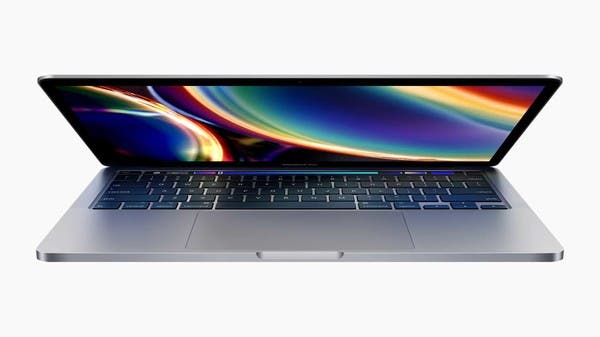According to iPhoneHacks, Apple is developing the first ARM-based MacBook. Apple analyst Ming-Chi Kuo announced in March that a MacBook with an ARM processor might be launched in late 2020 or early 2021.
Bloomberg published a report in late April that Apple will use a 12-core ARM processor based on the 5nm process for the ARM MacBook. The chip will contain eight high-performance cores, codenamed ‘Firestorm’. This will be paired with four energy-efficient ‘Icestorm’ cores. The processor will be based on the design of the A14 chip. As you know, it will appear on the upcoming iPhone 12.

Bloomberg’s report pointed out the desktop version of the A14 processor will also integrate both CPU and GPU. In fact, Apple started to develop a desktop version of the ARM processor project a few years ago. This project is called Kalamata. Of course, many may think this is senseless. But with this move, Apple hopes to get rid of its dependence on Intel on the desktop platform. On the other hand, it also hopes to integrate its own hardware and software ecosystem. So the mobile version and desktop version of the software and hardware can be updated simultaneously.
In addition to Apple’s desktop version of the A-series processors, Qualcomm and Microsoft have been also preparing related products in recent years. Microsoft has launched its own Surface Pro X. Next, we will see more laptops equipped with ARM processors, which will also affect Intel’s market share.
Project Kalamata
Though we began paying attention to the news about the ARM-based Mac series products, the rumors about Apple’s own desktop chips based on this architecture take us to 2012. Thus, the speculations that Apple will never depend on any manufacturer have begun with the launch of the first Mac. Later, even Apple was almost openly talking about the project.
‘Apple Inc. is planning to use its own chips in Mac computers beginning as early as 2020, replacing processors from Intel Corp.’ This is a citation from the Bloomberg report. ‘The initiative, code named Kalamata, is still in the early developmental stages, but comes as part of a larger strategy to make all of Apple’s devices — including Macs, iPhones, and iPads — work more similarly and seamlessly together, said the people, who asked not to be identified discussing private information.’
In other words, Project Kalamata has a single goal – Apple should have a uniform architecture across all of its product.





